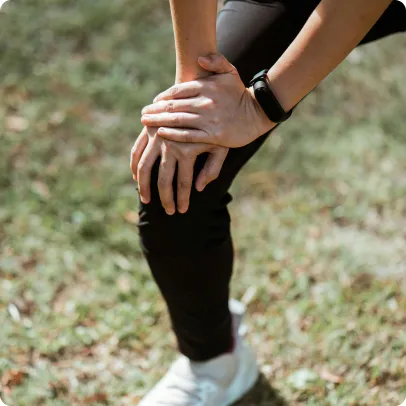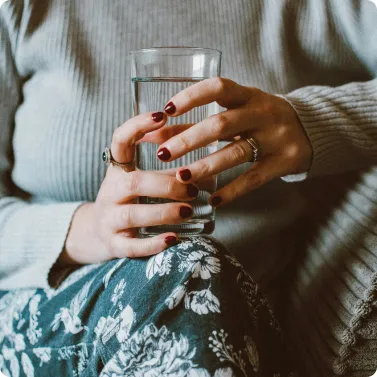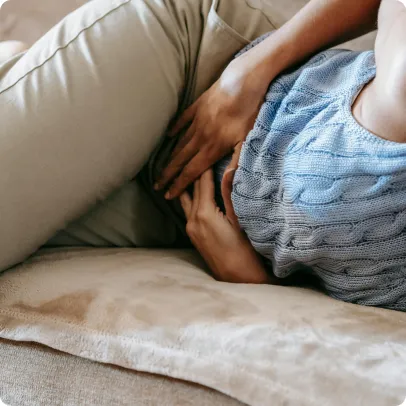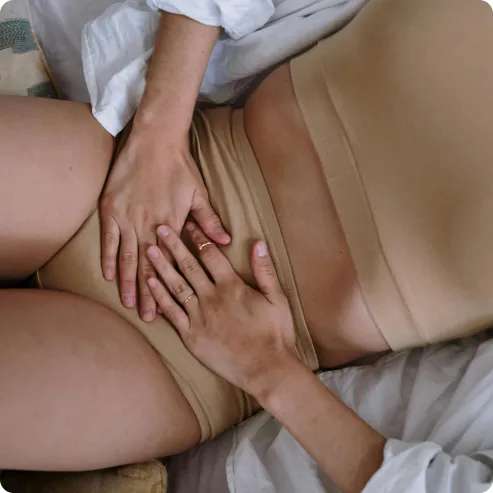
Muscle and Joint Pain in Menopause

What is muscle and joint pain in menopause?
This is any type of pain, discomfort, or inflammation experienced in your muscles or joints—the part of your body where bones meet to allow movement.
Muscle and joint pain can involve cartilage, bone, ligaments, tendons, or muscles. The most common form of pain for women during menopause refers to arthritis or arthralgia; both stem from inflammation within the joint itself.
What causes muscle and joint pain during menopause?
Degenerative arthritis and rheumatoid arthritis (RA) are common causes of pain for women going through perimenopause and menopause.
Medications such as statins and bisphosphonates can also cause muscle or joint aches.
How is muscle and joint pain in menopause diagnosed?
Once paired with your provider, they will diagnose you based on your description of your symptoms.
of Members report symptom improvement within 3 months.
care at your fingertips.

What are some medical-provider-prescribed treatment options for muscle and joint pain in menopause?
Estrogen therapy: Many women experience joint and muscle pain and stiffness around the time of menopause. There are estrogen receptors all over the body, including in the joints. The declining hormone levels associated with menopause can add to pain caused by inflammation, general wear and tear, and aging. Evidence shows that this type of estrogen therapy can effectively treat menopausal joint pain.
What are some non-medical treatment options for menopausal joint and muscle pain?
Weight loss: Research shows that increased body mass index (BMI) is associated with joint pain, suggesting weight loss may improve symptoms.
Exercise: Consistent, low-impact exercise (swimming, walking, or biking) reduces symptoms of joint pain and prevents joints from becoming sore and stiff.
Over-the-counter medications: Acetaminophen (Tylenol) and NSAIDs (Aspirin, Ibuprofen) may provide temporary relief of muscle or joint pain.
Some medications, such as statins and bisphosphonates, may increase joint pain. Talk with your provider to review your current prescriptions to determine whether alternative medications can help.
What should you do next?
Let’s get you prepared to be paired with your provider!
Select and submit all of the symptoms you are currently experiencing so your doctor can assess and provide a tailored treatment plan for you.
of Members report symptom improvement within 3 months.
care at your fingertips.

of Members report symptom improvement within 3 months.
care at your fingertips.

References
- A study published in 2014 from the Women's Health Initiative randomized trial, compared women on estrogen alone to women on no hormones. They found that estrogen significantly reduced joint pain.
- A population-based prospective study, which interviewed 400+ women over eight years, found that women in the menopausal transition reported higher rates of joint pain and aches.








